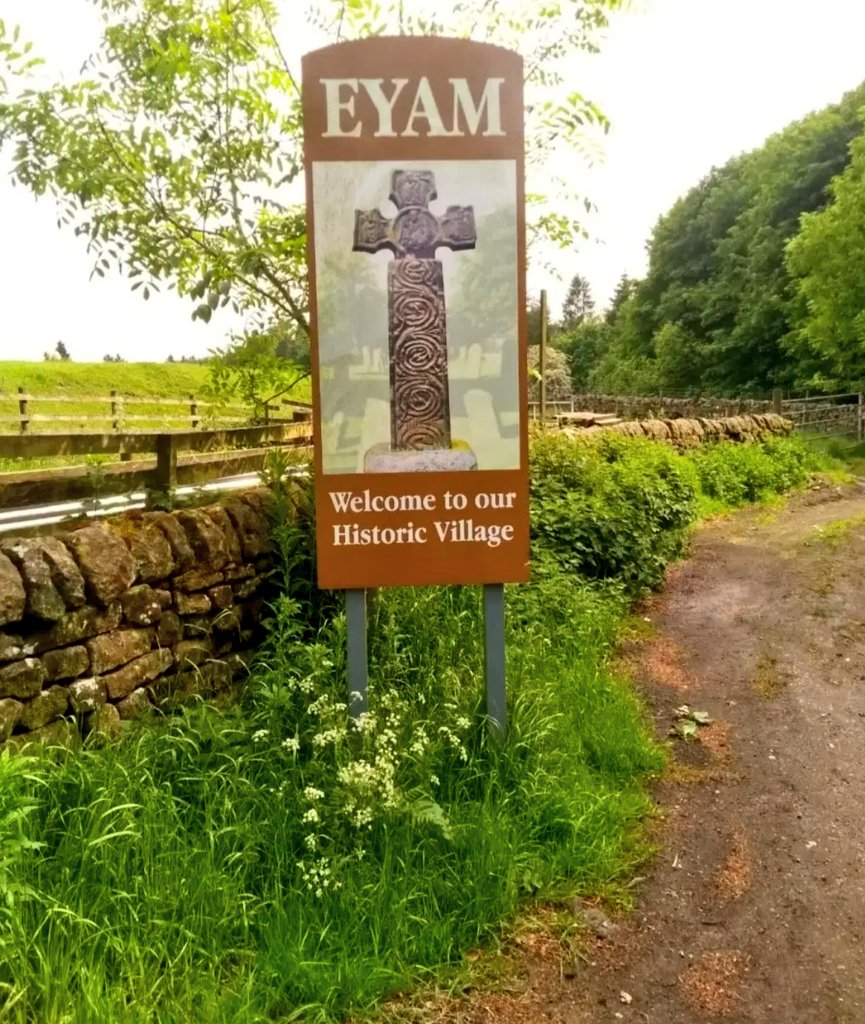*THREAD*
#Eyam #SocialDistancing
Ring-a-ring-o-roses
When victims of the Plague start getting rashes that looked like rings & were the colour of roses
Pocket full of posies
Some people thought the disease was due to bad air, so they carried sweet herbs in their pockets
#Eyam #SocialDistancing
Ring-a-ring-o-roses
When victims of the Plague start getting rashes that looked like rings & were the colour of roses
Pocket full of posies
Some people thought the disease was due to bad air, so they carried sweet herbs in their pockets
A-tishoo A-tishoo
We all fall down
When the people were getting really ill, they started coughing and sneezing and subsequently died.
#COVID19 #SocialDistancing
We all fall down
When the people were getting really ill, they started coughing and sneezing and subsequently died.
#COVID19 #SocialDistancing
The earliest cases of the Black Plague occurred in the spring of 1665 in a parish outside the city walls called St Giles-in-the-Fields.
The death rate began to rise during the hot summer months and peaked in September when 7,165 Londoners died in one week.
#COVID19
The death rate began to rise during the hot summer months and peaked in September when 7,165 Londoners died in one week.
#COVID19
The rich, including King Charles II, escaped London to their country estates and the authorities did little to stop them.
Left to fend for themselves, the poor and uneducated people of London were left to face a merciless and terrifying foe.
#cummingsout #COVID19
Left to fend for themselves, the poor and uneducated people of London were left to face a merciless and terrifying foe.
#cummingsout #COVID19
In August 1665, a bale of cloth was ordered from London to a tailor called Alexander Hadfield in a tiny village called Eyam in the Peak District.
He was planning on making clothes for the villagers for Wakes week celebrations
#COVID19
He was planning on making clothes for the villagers for Wakes week celebrations
#COVID19
Alexander Hadfield had recently married a widow called Mary Cooper, who had two sons.
Mr Hadfield hired an assistant called George Viccars, a travelling tailor, who lodged with them at the time in their little cottage.
#Eyam #COVID19
Mr Hadfield hired an assistant called George Viccars, a travelling tailor, who lodged with them at the time in their little cottage.
#Eyam #COVID19
Eyam& #39;s Wakes week began with the opening of the wells and the blessing of the water.
The parcel arrived from London and was delivered to him at the cottage on 3rd Sept.
Mr Hatfield was away when the parcel arrived, so George Viccars received it.
#COVID19
The parcel arrived from London and was delivered to him at the cottage on 3rd Sept.
Mr Hatfield was away when the parcel arrived, so George Viccars received it.
#COVID19
He opened the bale and realised the cloth was damp. As he hung it in front of the hearth to dry, he found it infested with rat fleas.
#COVID19 #SecondWave
#COVID19 #SecondWave
Within one day, George Viccars had become ill and by the 7th day he was dead.
The villagers did not recognise the red rose shaped boils and darkening of his skin
#COVID19
The villagers did not recognise the red rose shaped boils and darkening of his skin
#COVID19
Edward Cooper, Mary& #39;s 4 year old son died shortly after.
Peter Halksworth and Thomas Thorpe, who lived in the same row of cottages, then died.
By the end of September, six people in the little village were dead.
Peter Halksworth and Thomas Thorpe, who lived in the same row of cottages, then died.
By the end of September, six people in the little village were dead.
The village was in a panic
By the end of Oct there were 23 more, including Jonathon Cooper, Mary& #39;s 12 year old son.
The rector, William Mompesson, his wife Catherine & two small children were new to the village.
William begged his wife to take their two children to safety
By the end of Oct there were 23 more, including Jonathon Cooper, Mary& #39;s 12 year old son.
The rector, William Mompesson, his wife Catherine & two small children were new to the village.
William begged his wife to take their two children to safety
She sent their children to relatives in Yorkshire for their safety, but refused to leave her husbands side.
William Mompesson came up with a plan.
He convinced the villagers to self quarantine in Eyam and face a high chance of death rather than spreading it to other villages
William Mompesson came up with a plan.
He convinced the villagers to self quarantine in Eyam and face a high chance of death rather than spreading it to other villages
On the 24th June 1666, Mompesson told parishioners the village must be enclosed & no one allowed in or out.
He said if they agreed to stay, they were basically choosing death.
He promised to do everything in his power to help them & was willing to sacrifice his own life too.
He said if they agreed to stay, they were basically choosing death.
He promised to do everything in his power to help them & was willing to sacrifice his own life too.
It was decided there would be no more organised funerals.
Villagers were to bury their own dead in their gardens or in the fields.
This meant that they were not buried in consecrated ground and it meant their souls would not ascend to Heaven.
But they still agreed to do this
Villagers were to bury their own dead in their gardens or in the fields.
This meant that they were not buried in consecrated ground and it meant their souls would not ascend to Heaven.
But they still agreed to do this
The churches were shut down and services were held in open air church called Cucklet in the Delf.
Families stood at a distance from each other to avoid the spread of infection.
#SocialDistancing #SecondWave #COVID19 #StayHome https://abs.twimg.com/hashflags... draggable="false" alt="">
https://abs.twimg.com/hashflags... draggable="false" alt="">
Families stood at a distance from each other to avoid the spread of infection.
#SocialDistancing #SecondWave #COVID19 #StayHome
One of many weird remedies of the time involved taking a large onion, put inside a fig with a dram of treacle, stuffed in wet paper and roasted on hot embers.
Then it was to be removed from the fire and applied still hot to the tumour and left for 3 hours.
Then it was to be removed from the fire and applied still hot to the tumour and left for 3 hours.
In his letters, William Mompesson describes the smell of sadness and death in the air.
On the 22nd August 1666, he went for a walk with his wife Catherine.
One of the symptoms of the onset of the disease was the start of the failure and putrefaction of internal organs
On the 22nd August 1666, he went for a walk with his wife Catherine.
One of the symptoms of the onset of the disease was the start of the failure and putrefaction of internal organs
When Catherine mentioned she could smell the sweet meadow, William realised his beloved wife was dying.
William nursed her for the next few days, despite the risk of him catching it, but she died, aged 27
She is the only Eyam victim to be buried in the churchyard
William nursed her for the next few days, despite the risk of him catching it, but she died, aged 27
She is the only Eyam victim to be buried in the churchyard
Despite all of this tragedy, hardly anyone broke the cordon.
Elizabeth Hancock buried 6 of her children and her husband within 8 days.
People watched her drag each body across the field to bury them one by one and no one could help her for fear of catching the disease
Elizabeth Hancock buried 6 of her children and her husband within 8 days.
People watched her drag each body across the field to bury them one by one and no one could help her for fear of catching the disease
Marshall Howe caught the plague but survived.
Believing he couldn& #39;t be infected twice, he started burying the dead.
To reward himself, he& #39;d help himself to the victims possessions
Unfortunately those possessions carried the disease to his family & he ended up burying them all
Believing he couldn& #39;t be infected twice, he started burying the dead.
To reward himself, he& #39;d help himself to the victims possessions
Unfortunately those possessions carried the disease to his family & he ended up burying them all
At the border of the village between Eyam and the village of Stoney Middleton, a boundary stone was placed
This is where food and medical supplies were left by neighbouring villages for the residents of Eyam.
#SocialDistancing #COVID19
#StayHome https://abs.twimg.com/hashflags... draggable="false" alt="">
https://abs.twimg.com/hashflags... draggable="false" alt="">
This is where food and medical supplies were left by neighbouring villages for the residents of Eyam.
#SocialDistancing #COVID19
#StayHome
Six holes were drilled into the stone and these were filled with vinegar in order to disinfect the money that the villagers had left inside them to pay for the goods.
#WashYourHands https://abs.twimg.com/hashflags... draggable="false" alt=""> #SocialDistancing
https://abs.twimg.com/hashflags... draggable="false" alt=""> #SocialDistancing
#WearAMaskSaveAlife
#StayHome https://abs.twimg.com/hashflags... draggable="false" alt="">
https://abs.twimg.com/hashflags... draggable="false" alt="">
#WashYourHands
#WearAMaskSaveAlife
#StayHome
Mompesson& #39;s well to the north of the village was another place where food and medicine could be left by neighbouring residents.
The coins were washed in the water to clean them off.
#WashYourHands https://abs.twimg.com/hashflags... draggable="false" alt=""> #SocialDistancing #COVID19 #SecondWave
https://abs.twimg.com/hashflags... draggable="false" alt=""> #SocialDistancing #COVID19 #SecondWave
The coins were washed in the water to clean them off.
#WashYourHands
260 people from 76 families died in Eyam.
The last death of Abraham Morten was Nov 1666.
The small village of Eyam has taken it& #39;s place in history of an enduring example of ordinary people making the most heroic act of sacrifice & bravery
#StayHomeSaveLives
#SocialDistancing
The last death of Abraham Morten was Nov 1666.
The small village of Eyam has taken it& #39;s place in history of an enduring example of ordinary people making the most heroic act of sacrifice & bravery
#StayHomeSaveLives
#SocialDistancing

 Read on Twitter
Read on Twitter
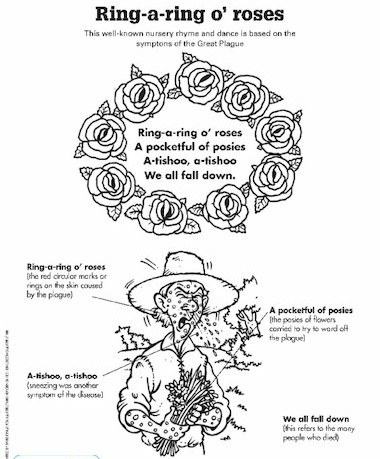


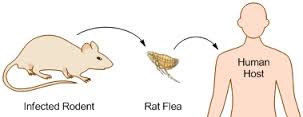
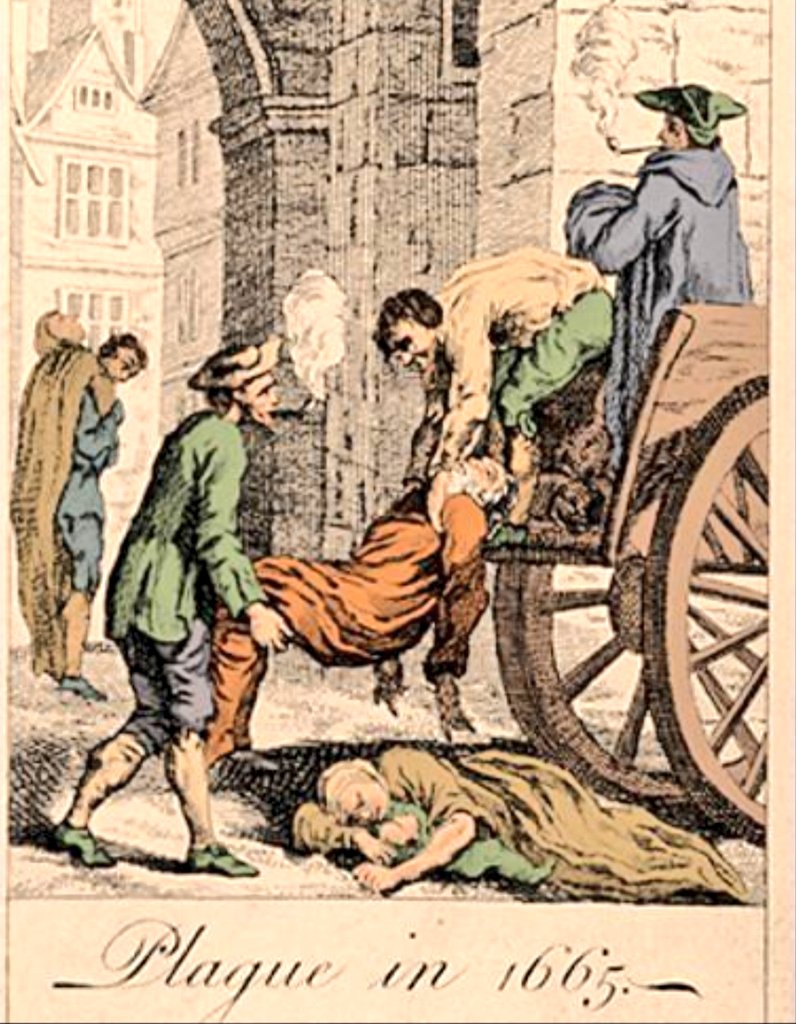
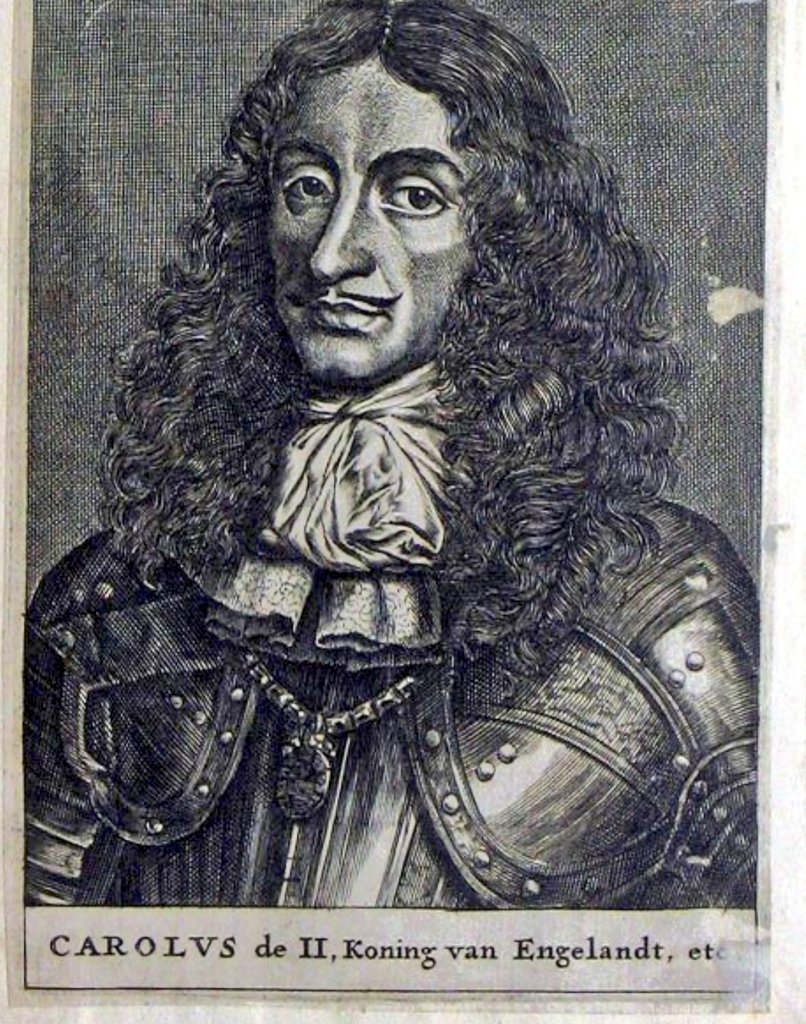
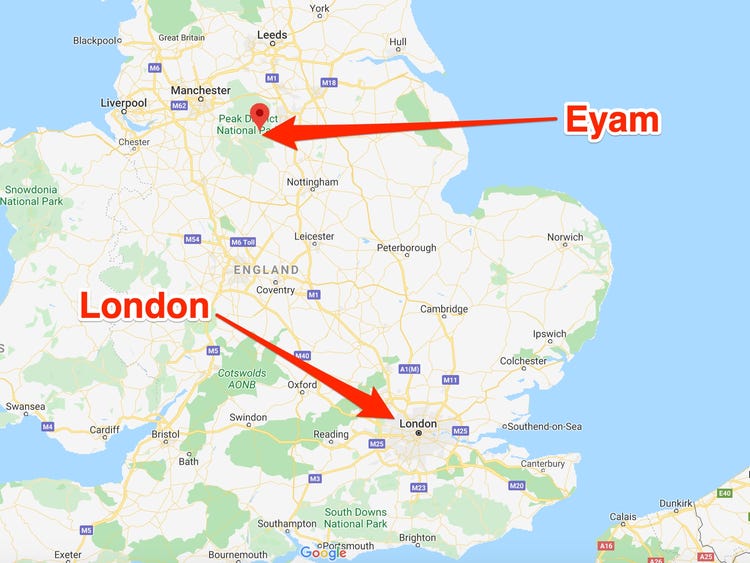
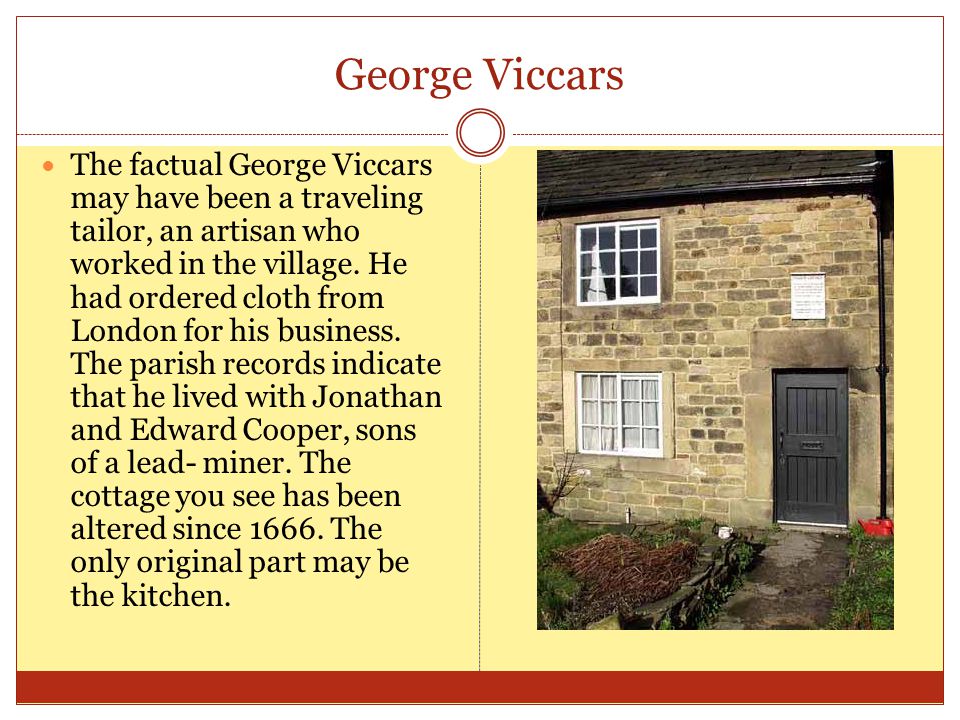

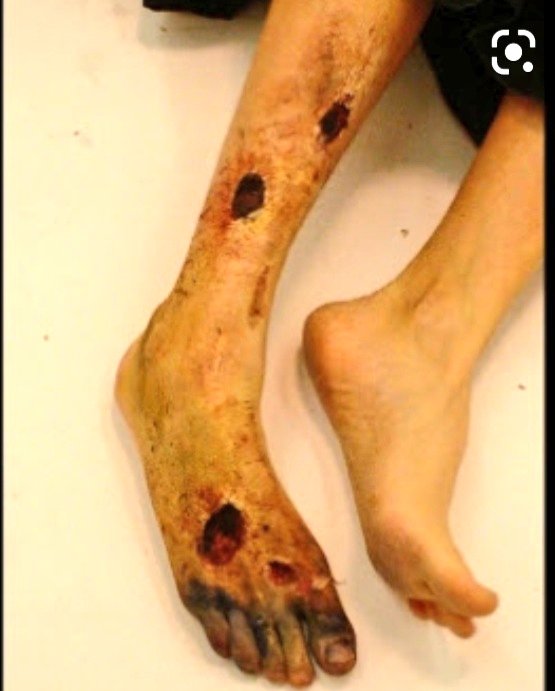

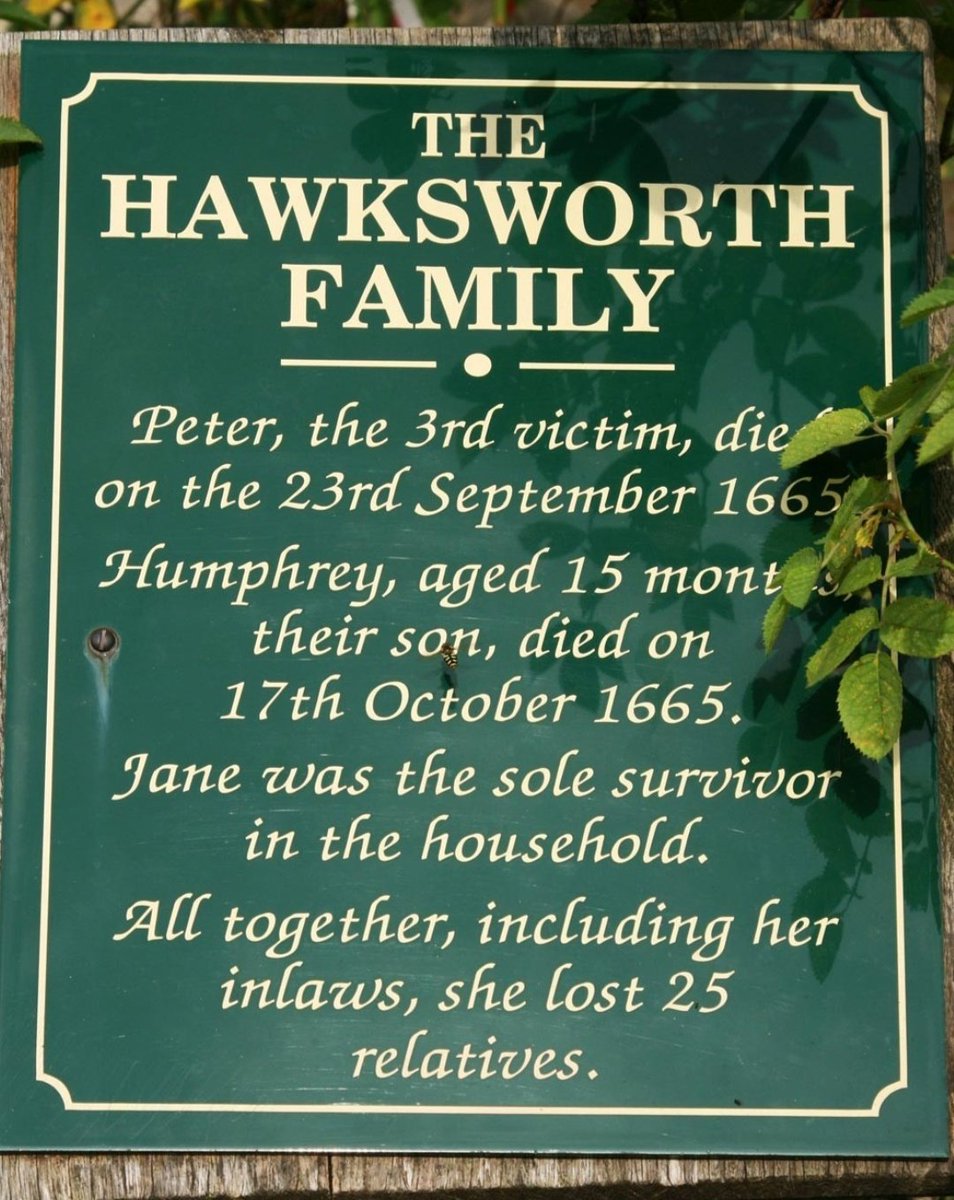
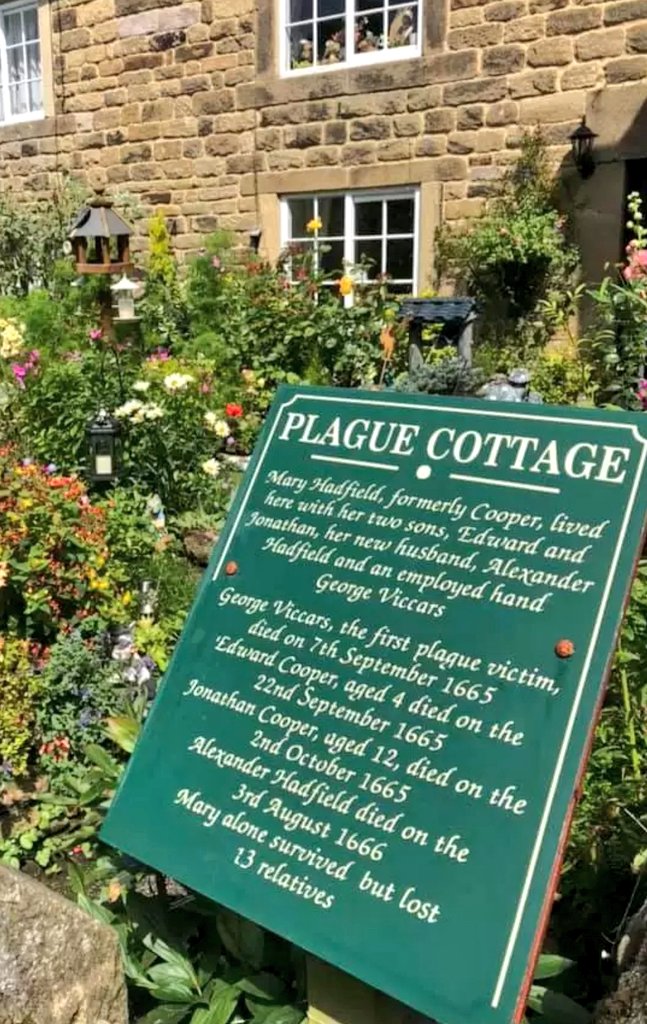

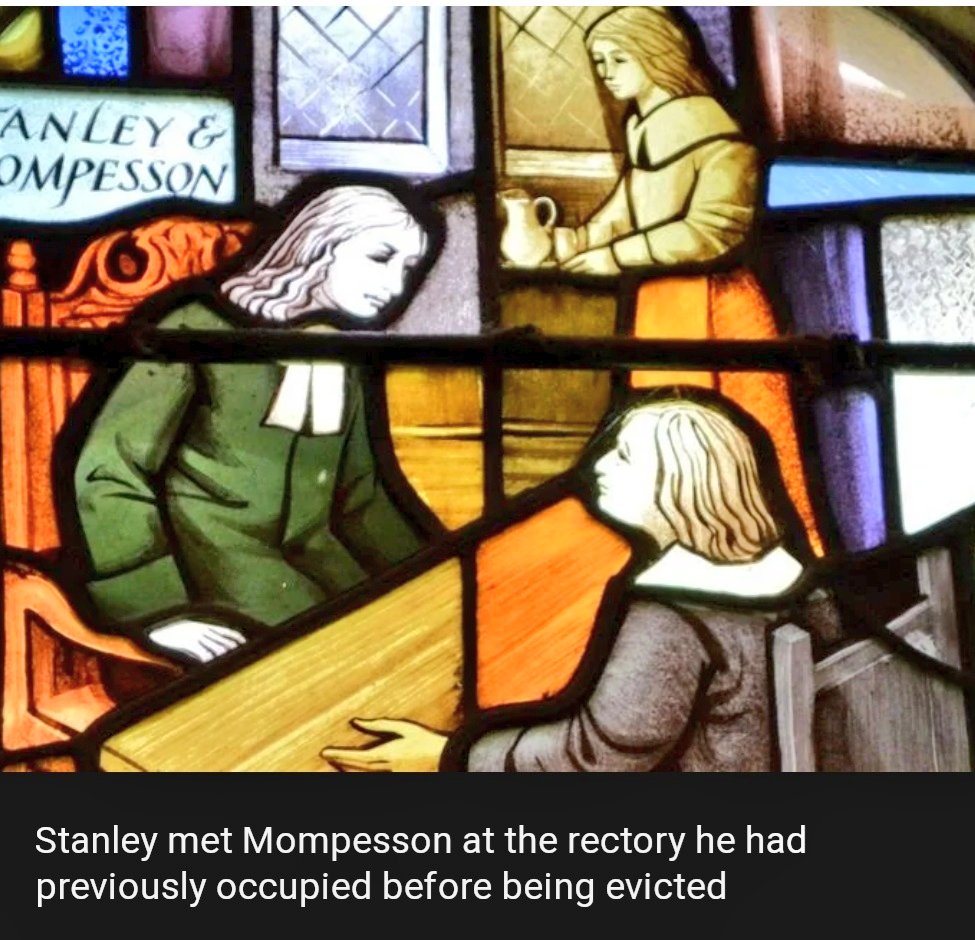
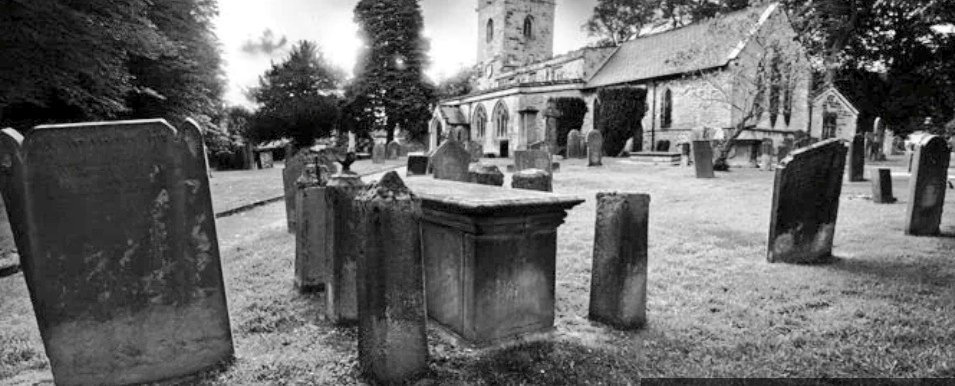
 " title="The churches were shut down and services were held in open air church called Cucklet in the Delf.Families stood at a distance from each other to avoid the spread of infection. #SocialDistancing #SecondWave #COVID19 #StayHome https://abs.twimg.com/hashflags... draggable="false" alt="">">
" title="The churches were shut down and services were held in open air church called Cucklet in the Delf.Families stood at a distance from each other to avoid the spread of infection. #SocialDistancing #SecondWave #COVID19 #StayHome https://abs.twimg.com/hashflags... draggable="false" alt="">">
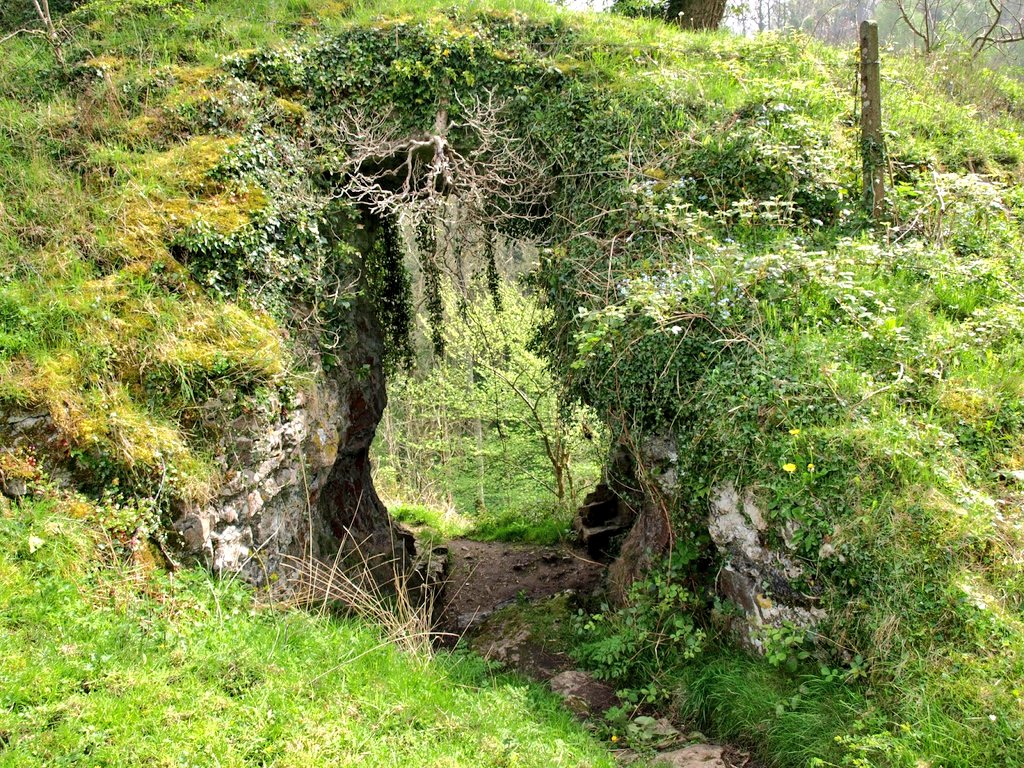 " title="The churches were shut down and services were held in open air church called Cucklet in the Delf.Families stood at a distance from each other to avoid the spread of infection. #SocialDistancing #SecondWave #COVID19 #StayHome https://abs.twimg.com/hashflags... draggable="false" alt="">">
" title="The churches were shut down and services were held in open air church called Cucklet in the Delf.Families stood at a distance from each other to avoid the spread of infection. #SocialDistancing #SecondWave #COVID19 #StayHome https://abs.twimg.com/hashflags... draggable="false" alt="">">
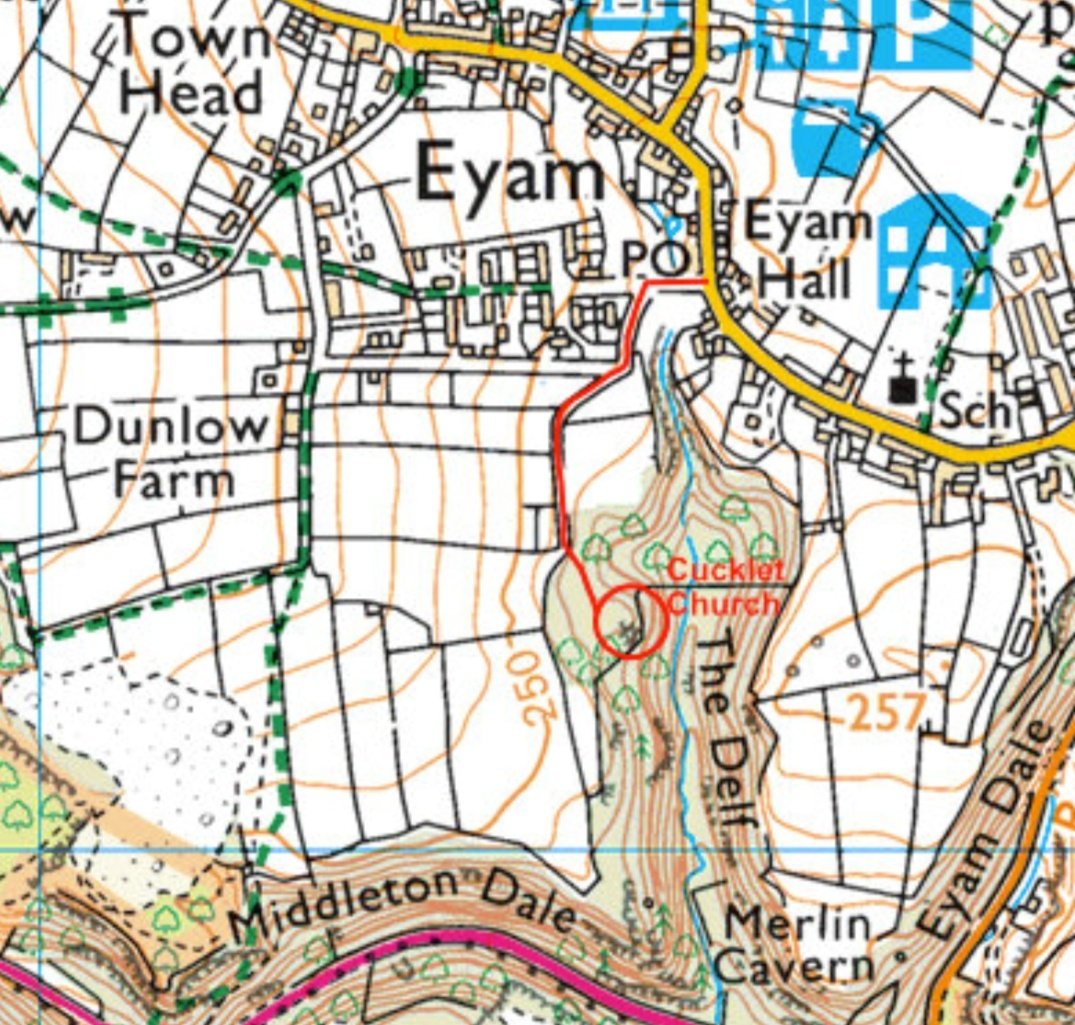 " title="The churches were shut down and services were held in open air church called Cucklet in the Delf.Families stood at a distance from each other to avoid the spread of infection. #SocialDistancing #SecondWave #COVID19 #StayHome https://abs.twimg.com/hashflags... draggable="false" alt="">">
" title="The churches were shut down and services were held in open air church called Cucklet in the Delf.Families stood at a distance from each other to avoid the spread of infection. #SocialDistancing #SecondWave #COVID19 #StayHome https://abs.twimg.com/hashflags... draggable="false" alt="">">
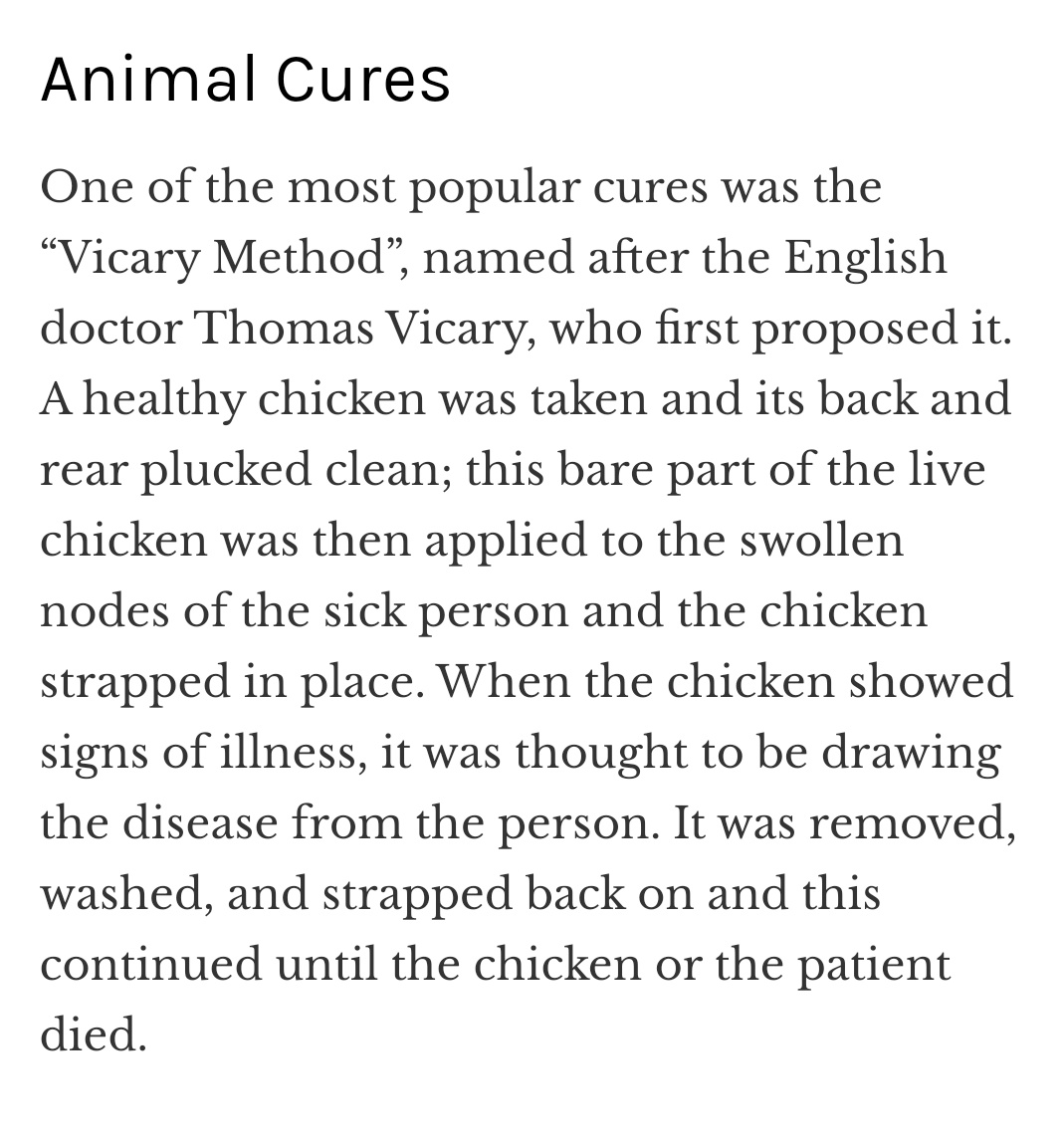

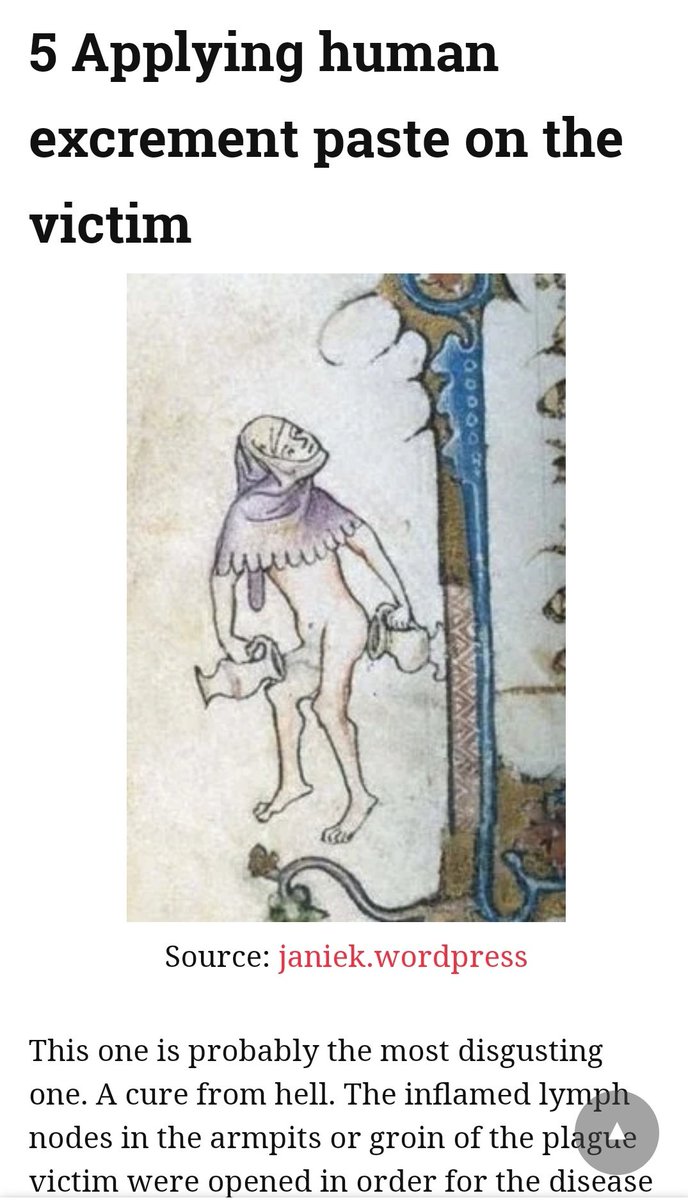
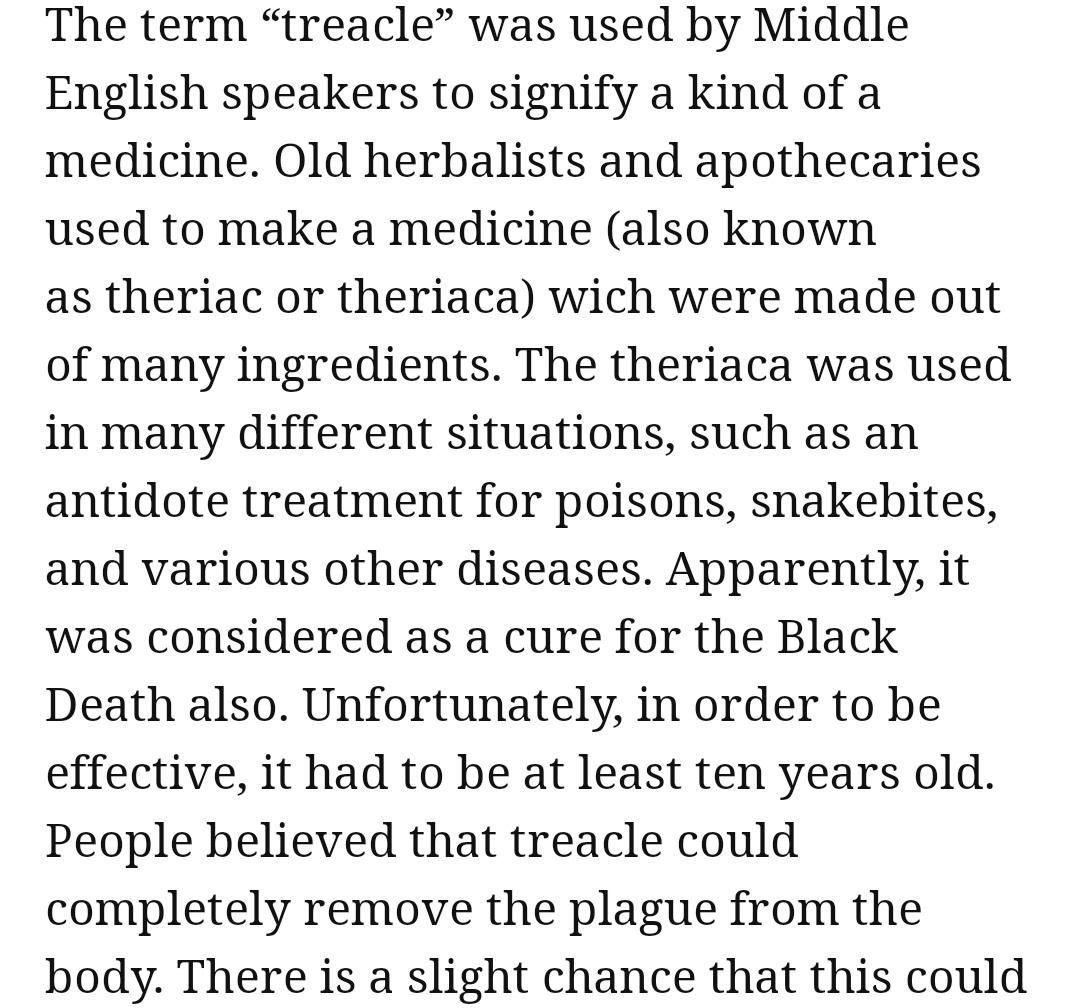


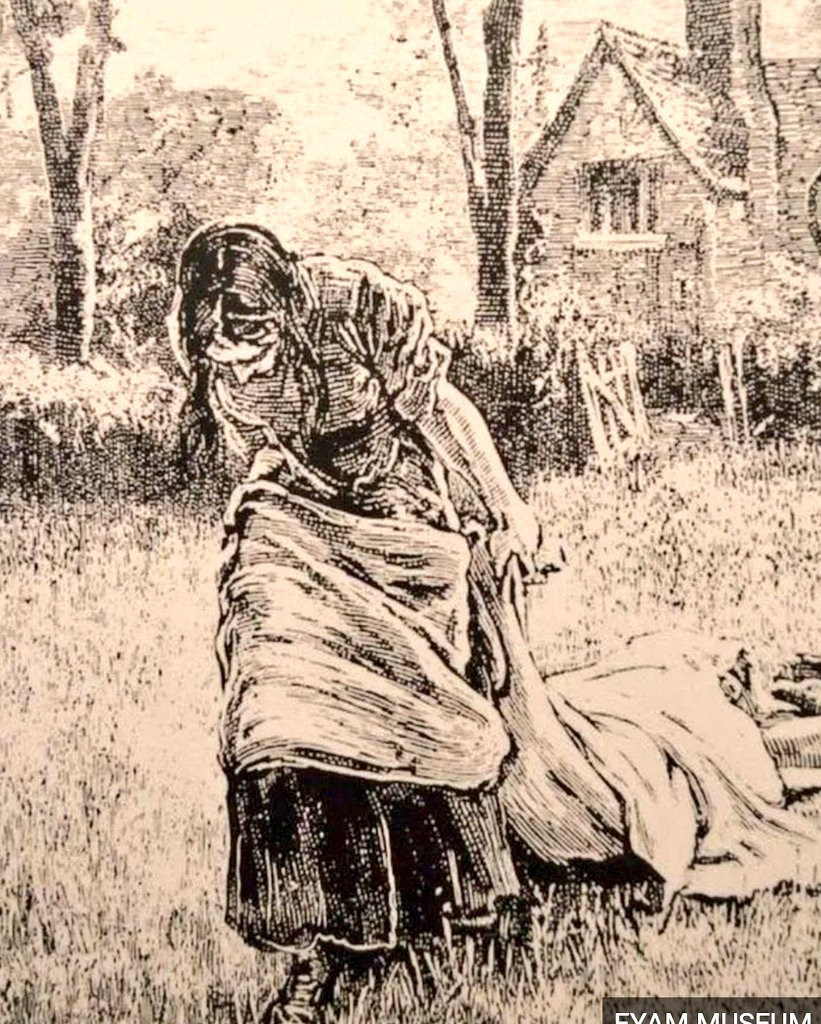
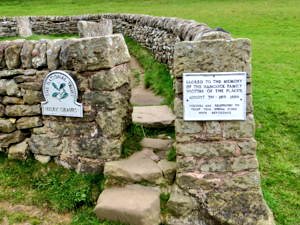
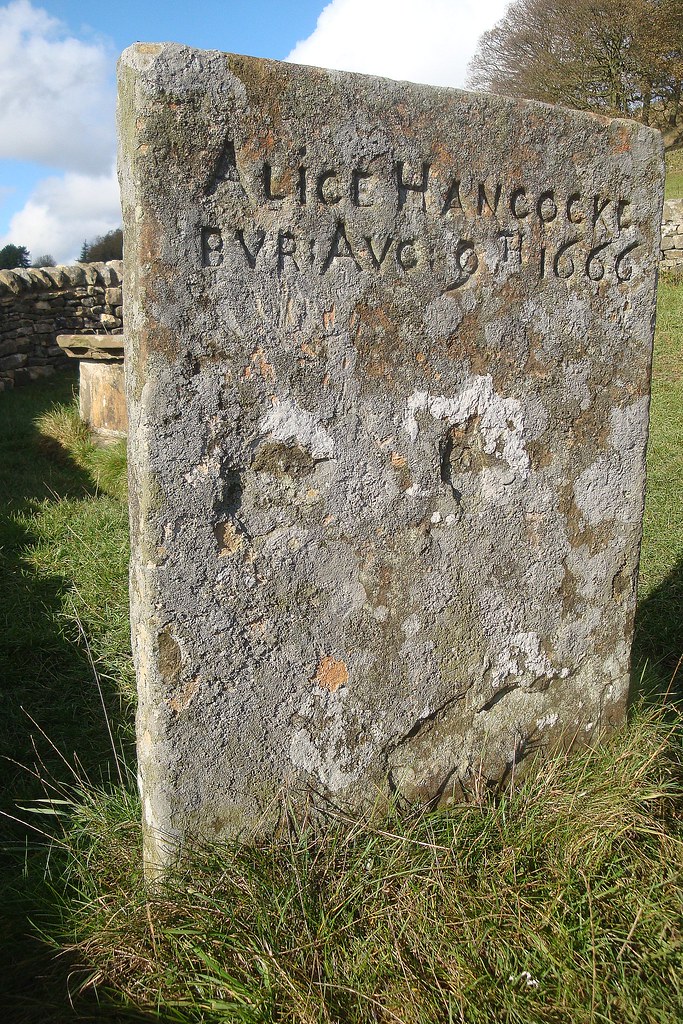
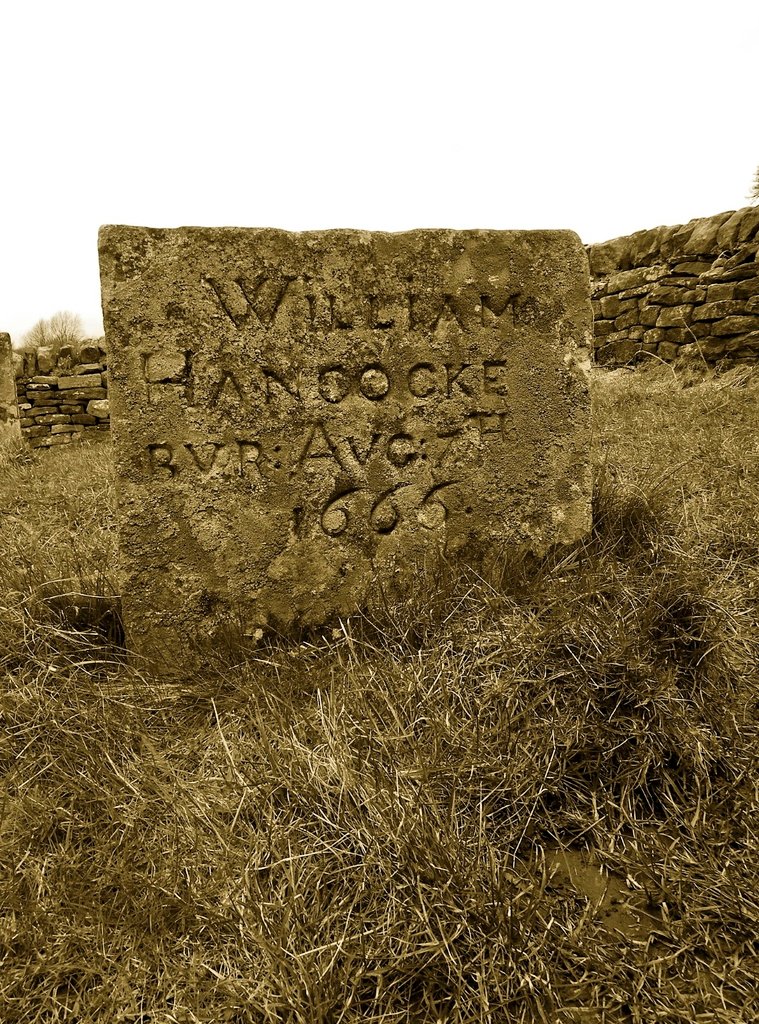

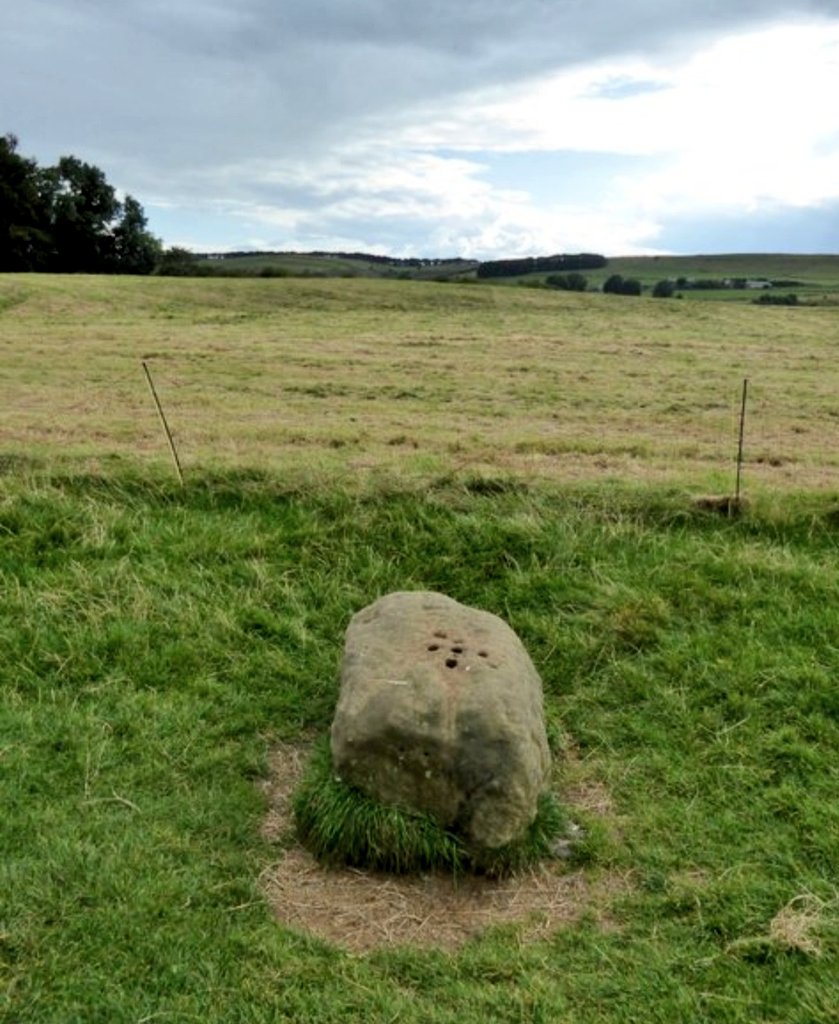 " title="At the border of the village between Eyam and the village of Stoney Middleton, a boundary stone was placedThis is where food and medical supplies were left by neighbouring villages for the residents of Eyam. #SocialDistancing #COVID19 #StayHome https://abs.twimg.com/hashflags... draggable="false" alt="">">
" title="At the border of the village between Eyam and the village of Stoney Middleton, a boundary stone was placedThis is where food and medical supplies were left by neighbouring villages for the residents of Eyam. #SocialDistancing #COVID19 #StayHome https://abs.twimg.com/hashflags... draggable="false" alt="">">
 " title="At the border of the village between Eyam and the village of Stoney Middleton, a boundary stone was placedThis is where food and medical supplies were left by neighbouring villages for the residents of Eyam. #SocialDistancing #COVID19 #StayHome https://abs.twimg.com/hashflags... draggable="false" alt="">">
" title="At the border of the village between Eyam and the village of Stoney Middleton, a boundary stone was placedThis is where food and medical supplies were left by neighbouring villages for the residents of Eyam. #SocialDistancing #COVID19 #StayHome https://abs.twimg.com/hashflags... draggable="false" alt="">">
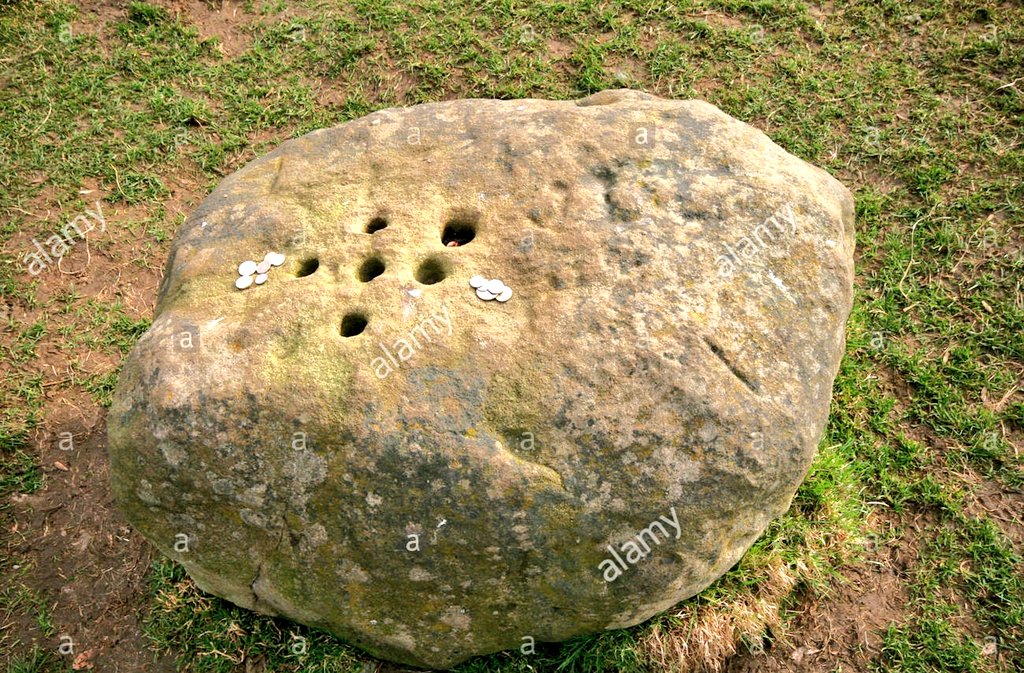 #SocialDistancing #WearAMaskSaveAlife #StayHome https://abs.twimg.com/hashflags... draggable="false" alt="">" title="Six holes were drilled into the stone and these were filled with vinegar in order to disinfect the money that the villagers had left inside them to pay for the goods. #WashYourHands https://abs.twimg.com/hashflags... draggable="false" alt=""> #SocialDistancing #WearAMaskSaveAlife #StayHome https://abs.twimg.com/hashflags... draggable="false" alt="">">
#SocialDistancing #WearAMaskSaveAlife #StayHome https://abs.twimg.com/hashflags... draggable="false" alt="">" title="Six holes were drilled into the stone and these were filled with vinegar in order to disinfect the money that the villagers had left inside them to pay for the goods. #WashYourHands https://abs.twimg.com/hashflags... draggable="false" alt=""> #SocialDistancing #WearAMaskSaveAlife #StayHome https://abs.twimg.com/hashflags... draggable="false" alt="">">
 #SocialDistancing #WearAMaskSaveAlife #StayHome https://abs.twimg.com/hashflags... draggable="false" alt="">" title="Six holes were drilled into the stone and these were filled with vinegar in order to disinfect the money that the villagers had left inside them to pay for the goods. #WashYourHands https://abs.twimg.com/hashflags... draggable="false" alt=""> #SocialDistancing #WearAMaskSaveAlife #StayHome https://abs.twimg.com/hashflags... draggable="false" alt="">">
#SocialDistancing #WearAMaskSaveAlife #StayHome https://abs.twimg.com/hashflags... draggable="false" alt="">" title="Six holes were drilled into the stone and these were filled with vinegar in order to disinfect the money that the villagers had left inside them to pay for the goods. #WashYourHands https://abs.twimg.com/hashflags... draggable="false" alt=""> #SocialDistancing #WearAMaskSaveAlife #StayHome https://abs.twimg.com/hashflags... draggable="false" alt="">">
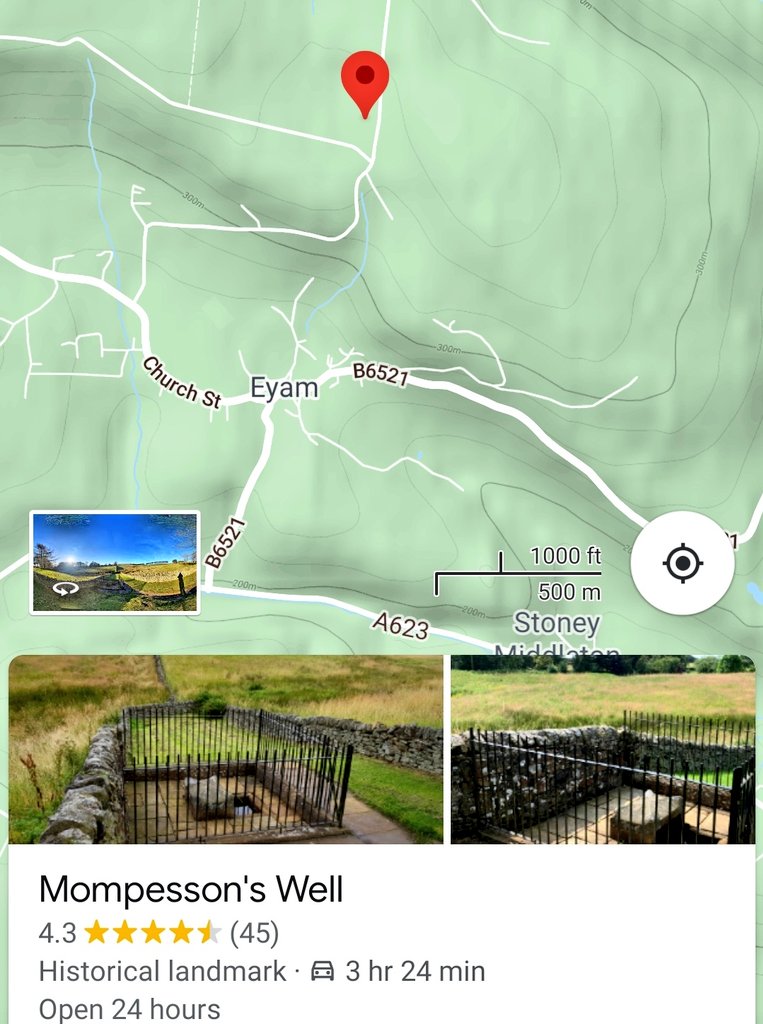 #SocialDistancing #COVID19 #SecondWave" title="Mompesson& #39;s well to the north of the village was another place where food and medicine could be left by neighbouring residents. The coins were washed in the water to clean them off. #WashYourHands https://abs.twimg.com/hashflags... draggable="false" alt=""> #SocialDistancing #COVID19 #SecondWave">
#SocialDistancing #COVID19 #SecondWave" title="Mompesson& #39;s well to the north of the village was another place where food and medicine could be left by neighbouring residents. The coins were washed in the water to clean them off. #WashYourHands https://abs.twimg.com/hashflags... draggable="false" alt=""> #SocialDistancing #COVID19 #SecondWave">
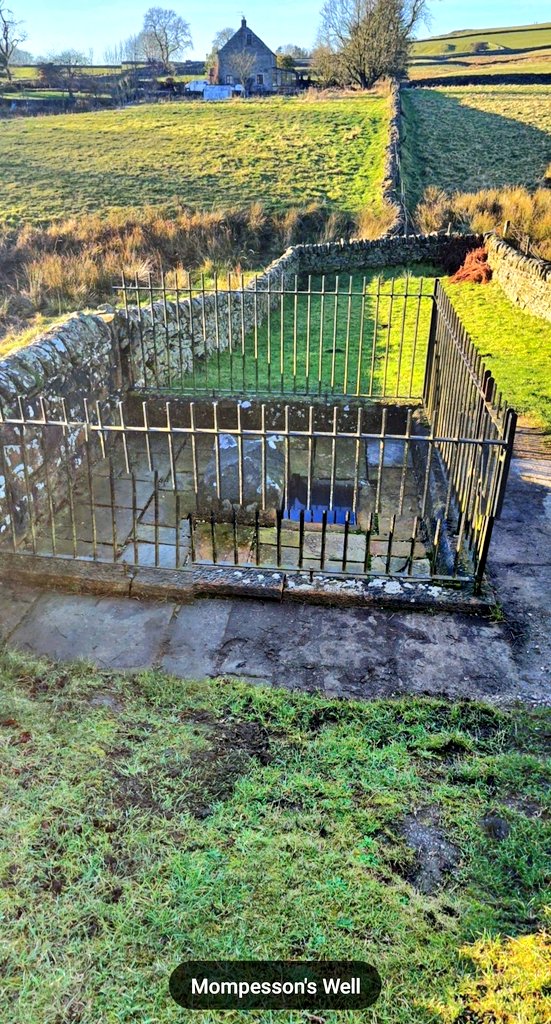 #SocialDistancing #COVID19 #SecondWave" title="Mompesson& #39;s well to the north of the village was another place where food and medicine could be left by neighbouring residents. The coins were washed in the water to clean them off. #WashYourHands https://abs.twimg.com/hashflags... draggable="false" alt=""> #SocialDistancing #COVID19 #SecondWave">
#SocialDistancing #COVID19 #SecondWave" title="Mompesson& #39;s well to the north of the village was another place where food and medicine could be left by neighbouring residents. The coins were washed in the water to clean them off. #WashYourHands https://abs.twimg.com/hashflags... draggable="false" alt=""> #SocialDistancing #COVID19 #SecondWave">
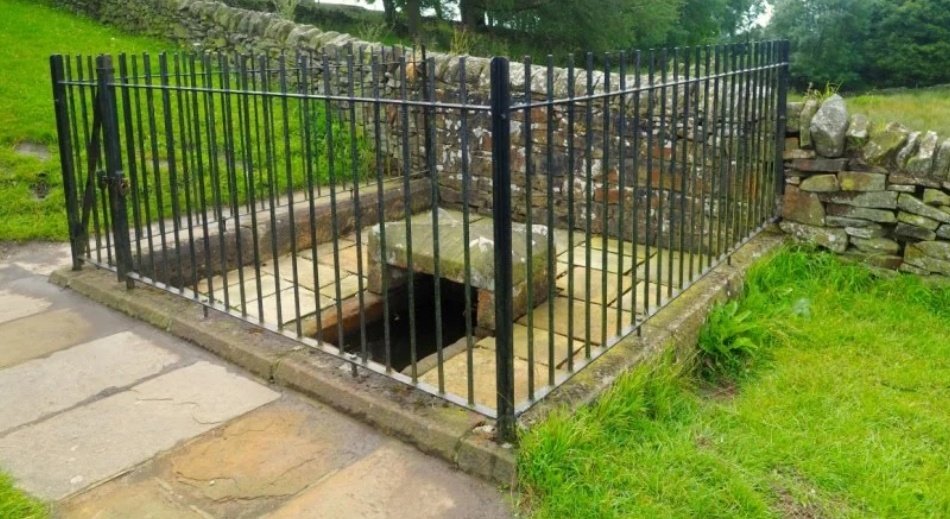 #SocialDistancing #COVID19 #SecondWave" title="Mompesson& #39;s well to the north of the village was another place where food and medicine could be left by neighbouring residents. The coins were washed in the water to clean them off. #WashYourHands https://abs.twimg.com/hashflags... draggable="false" alt=""> #SocialDistancing #COVID19 #SecondWave">
#SocialDistancing #COVID19 #SecondWave" title="Mompesson& #39;s well to the north of the village was another place where food and medicine could be left by neighbouring residents. The coins were washed in the water to clean them off. #WashYourHands https://abs.twimg.com/hashflags... draggable="false" alt=""> #SocialDistancing #COVID19 #SecondWave">
